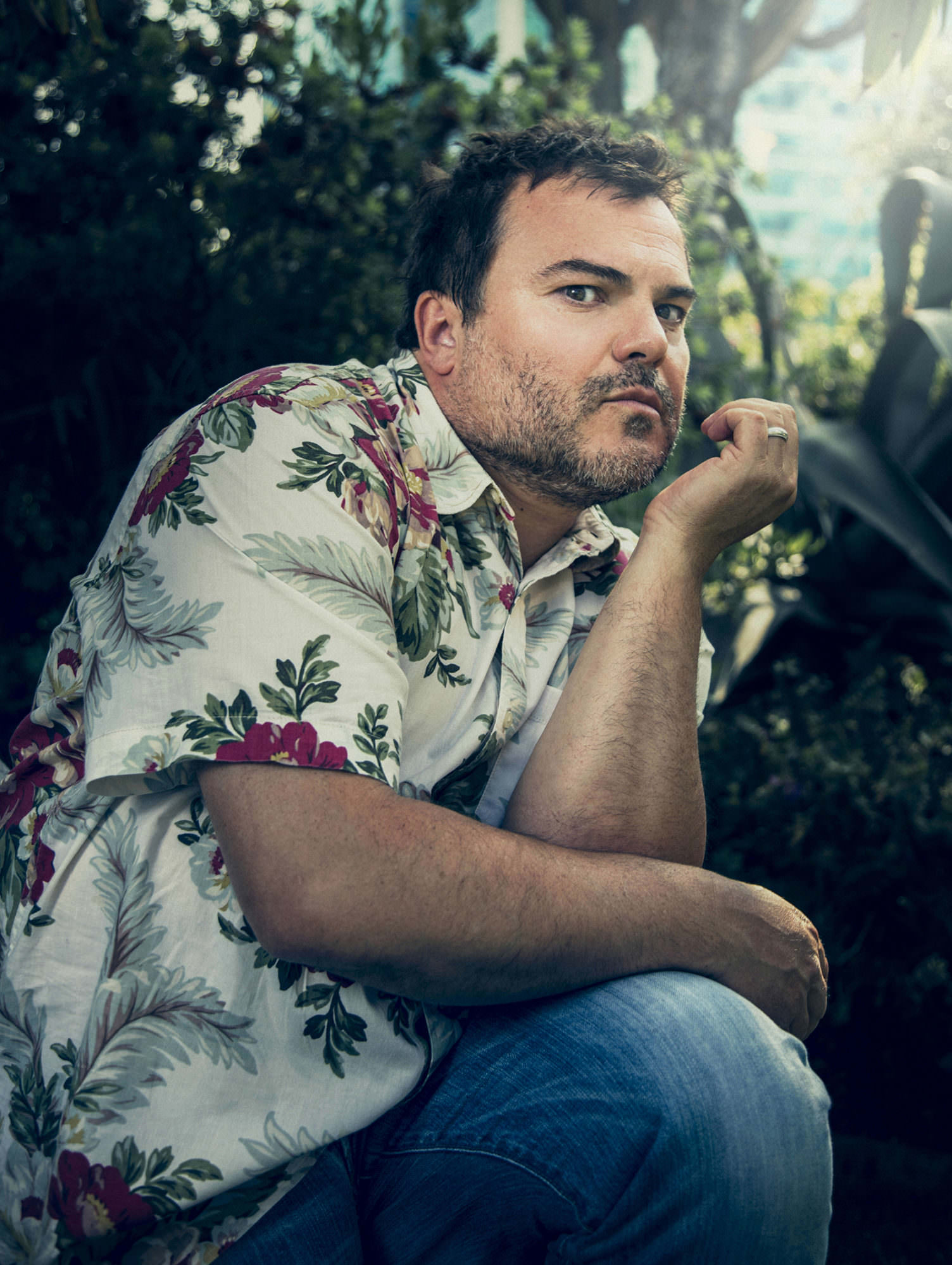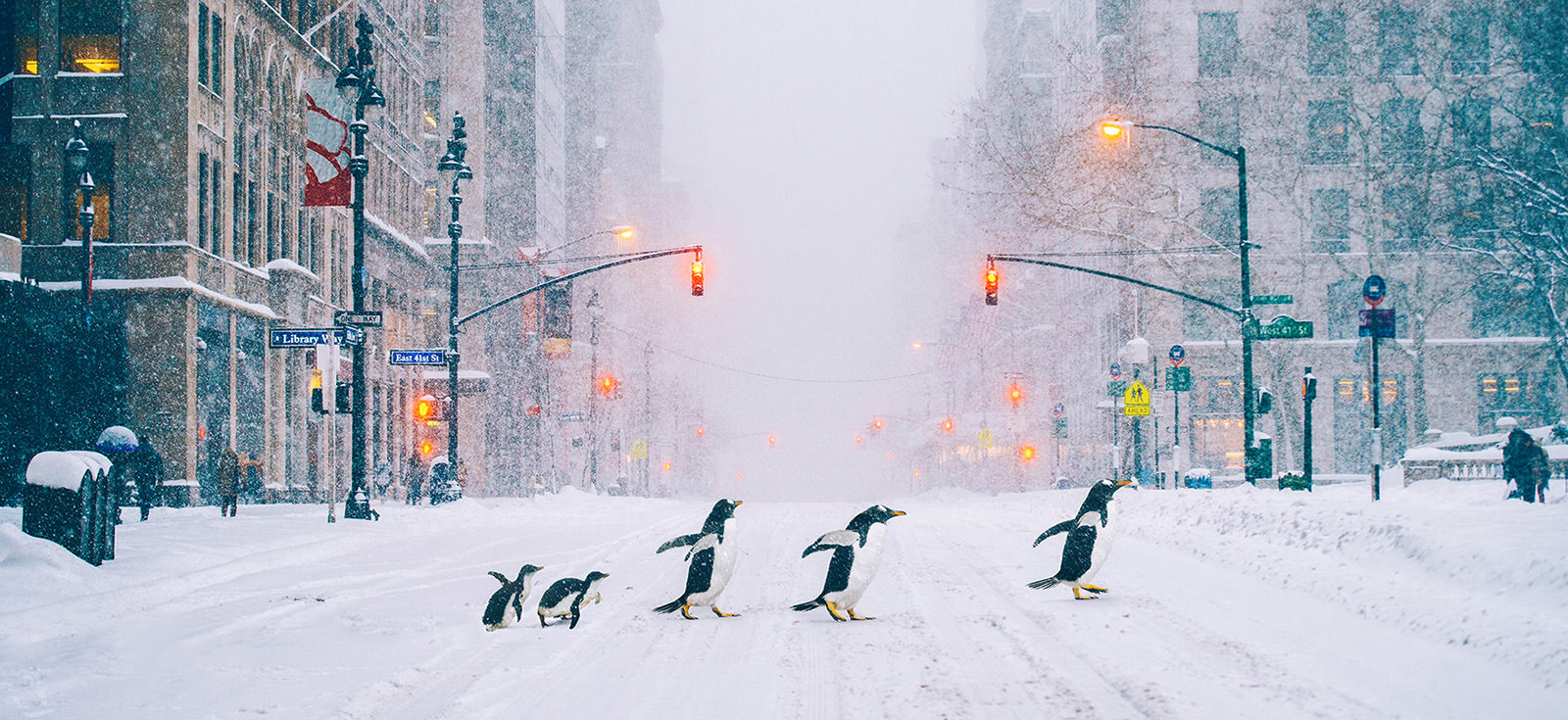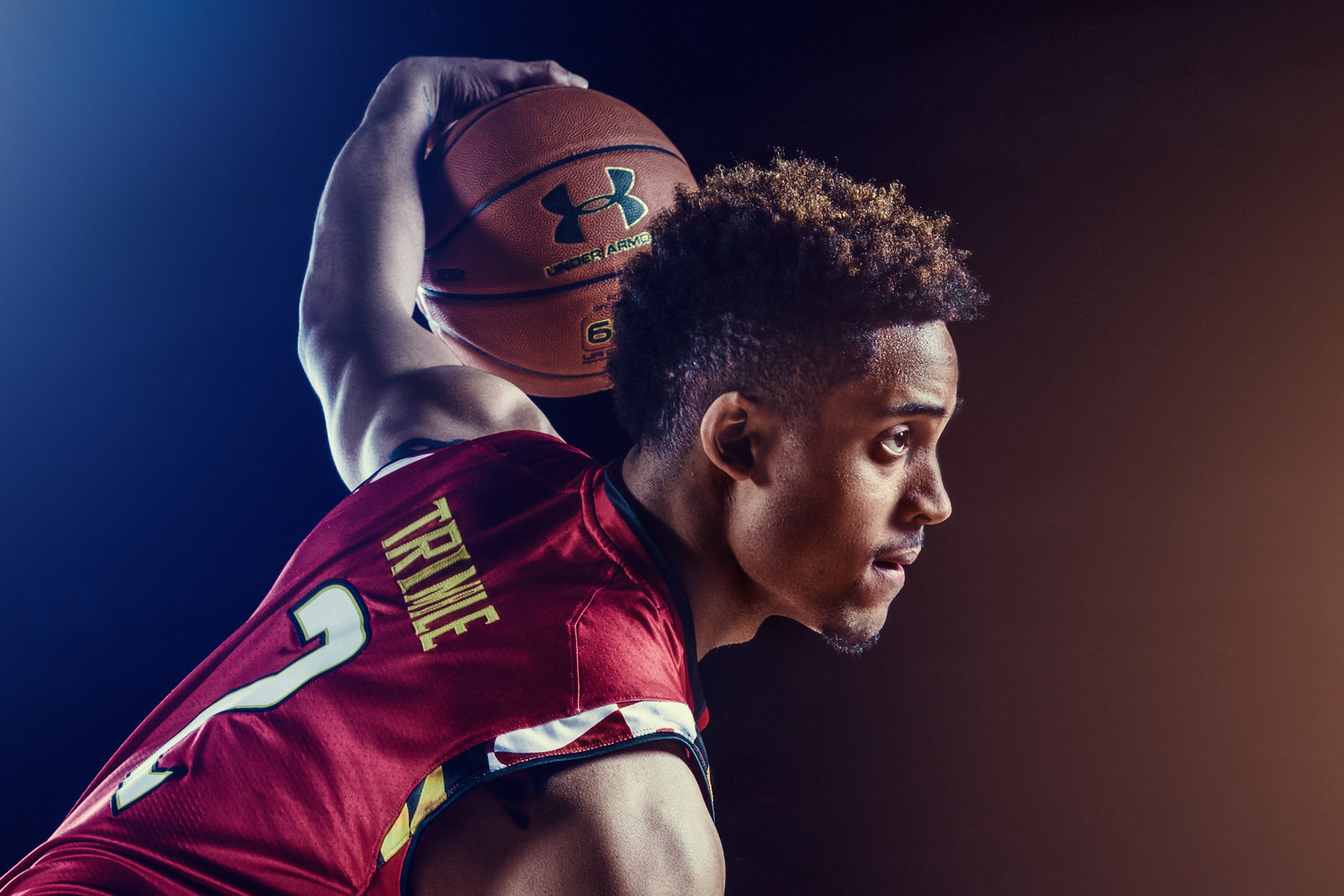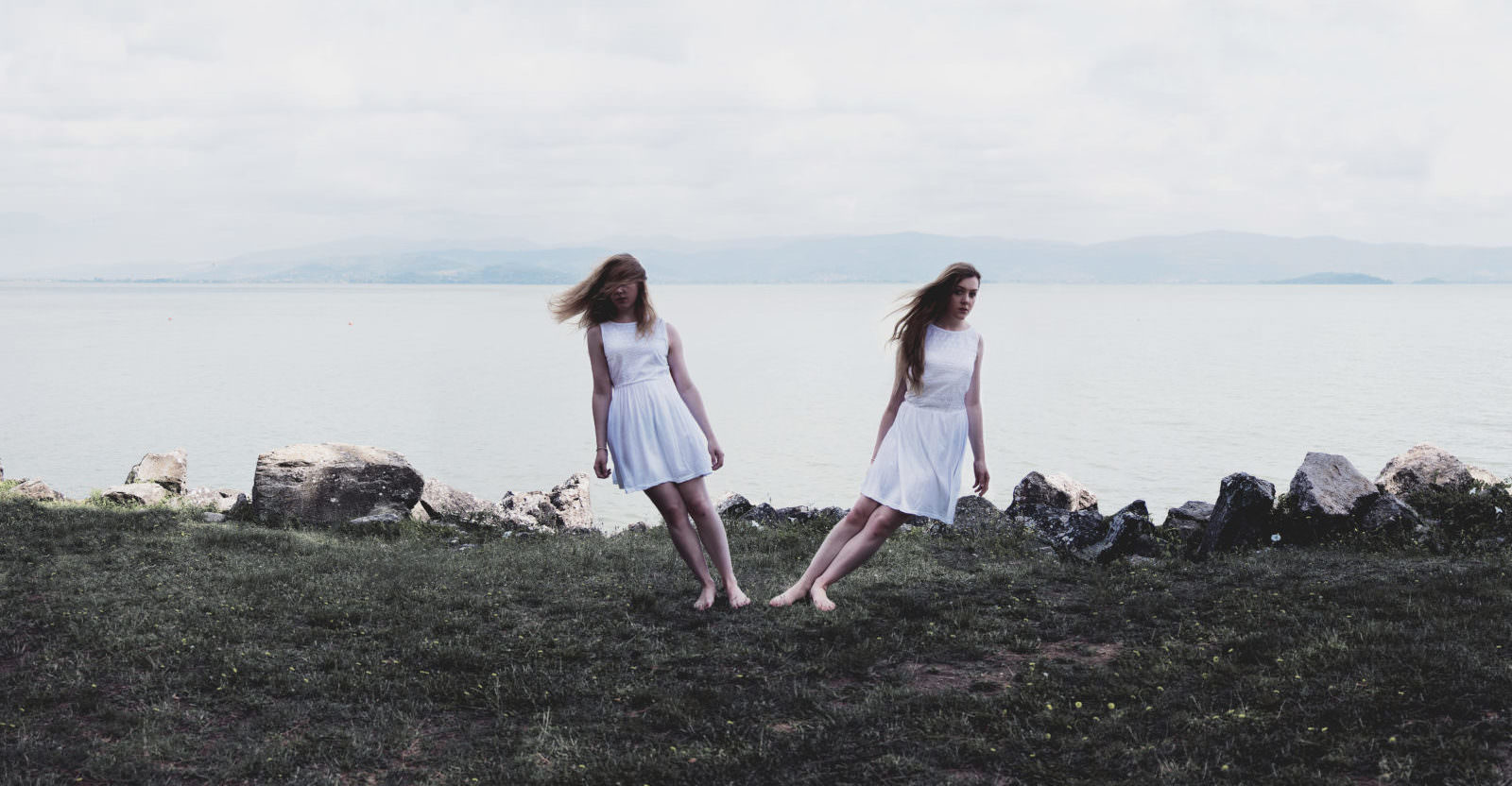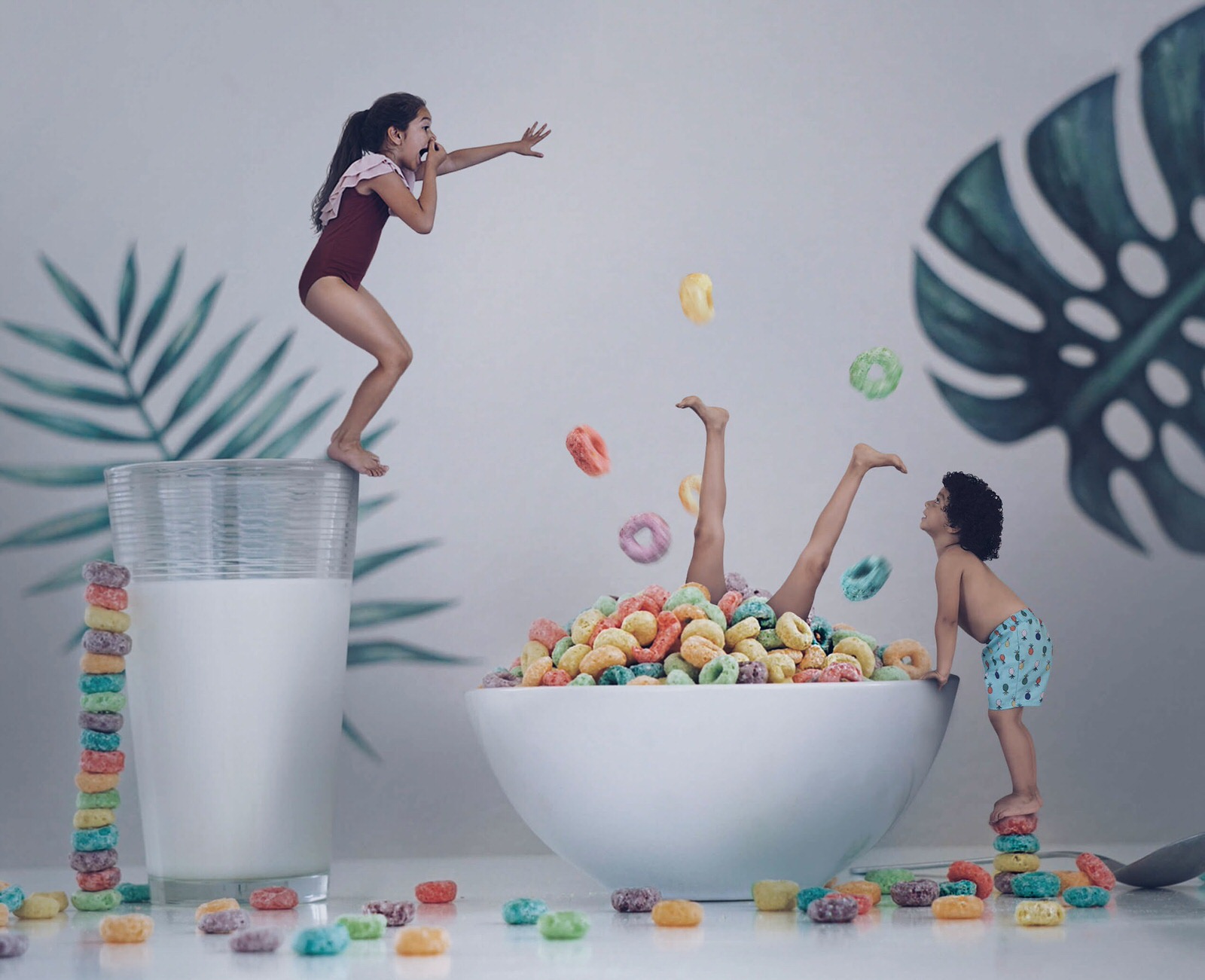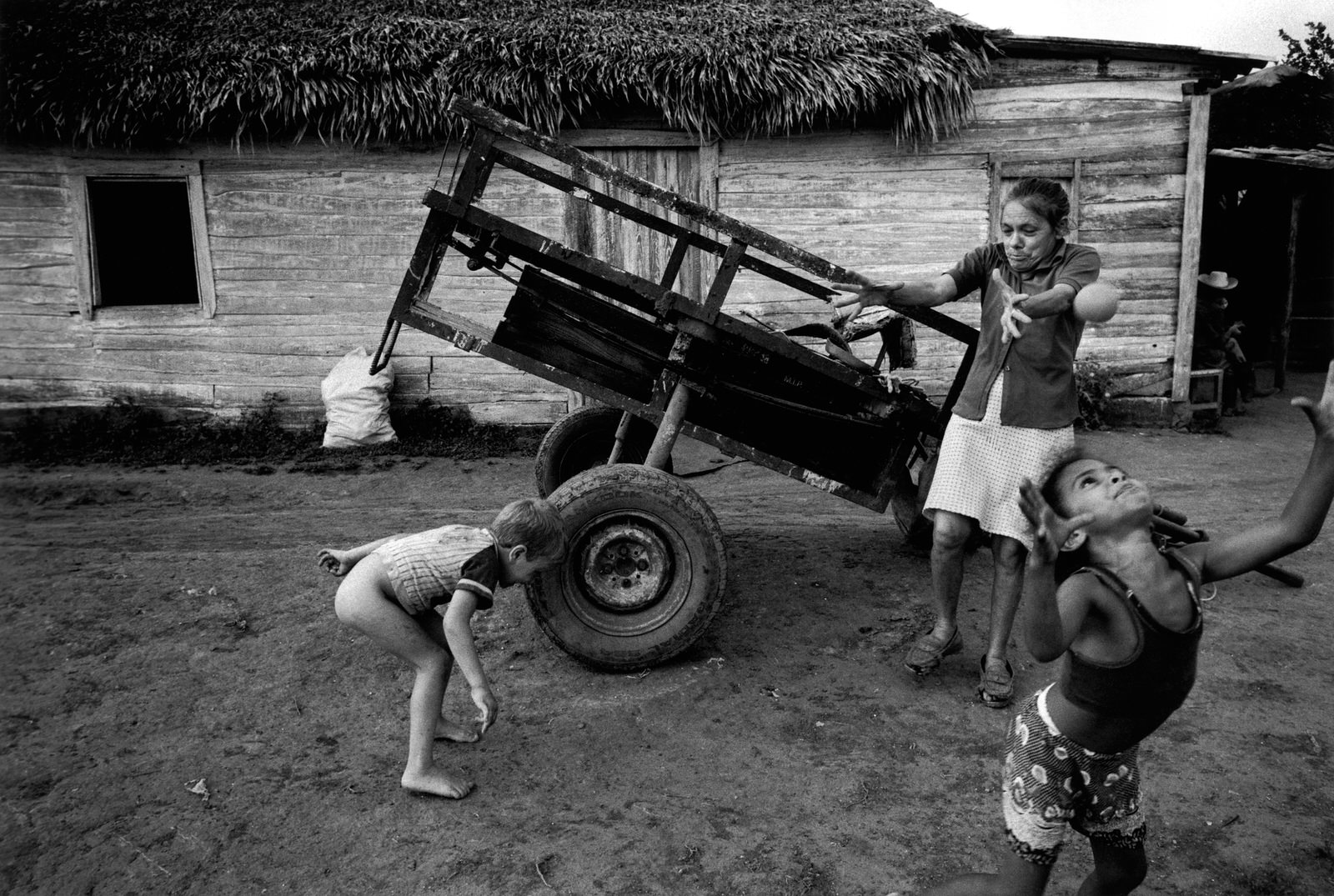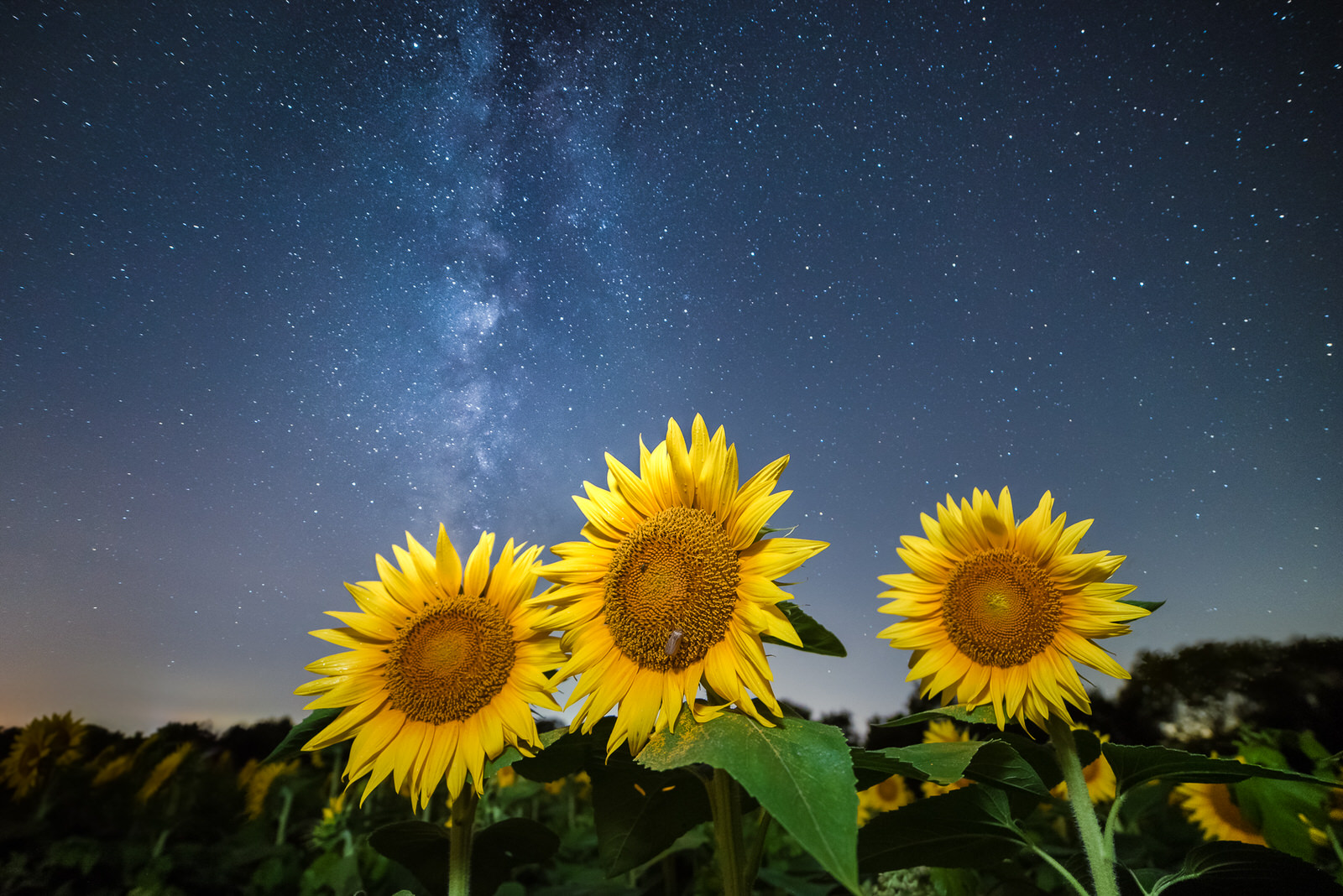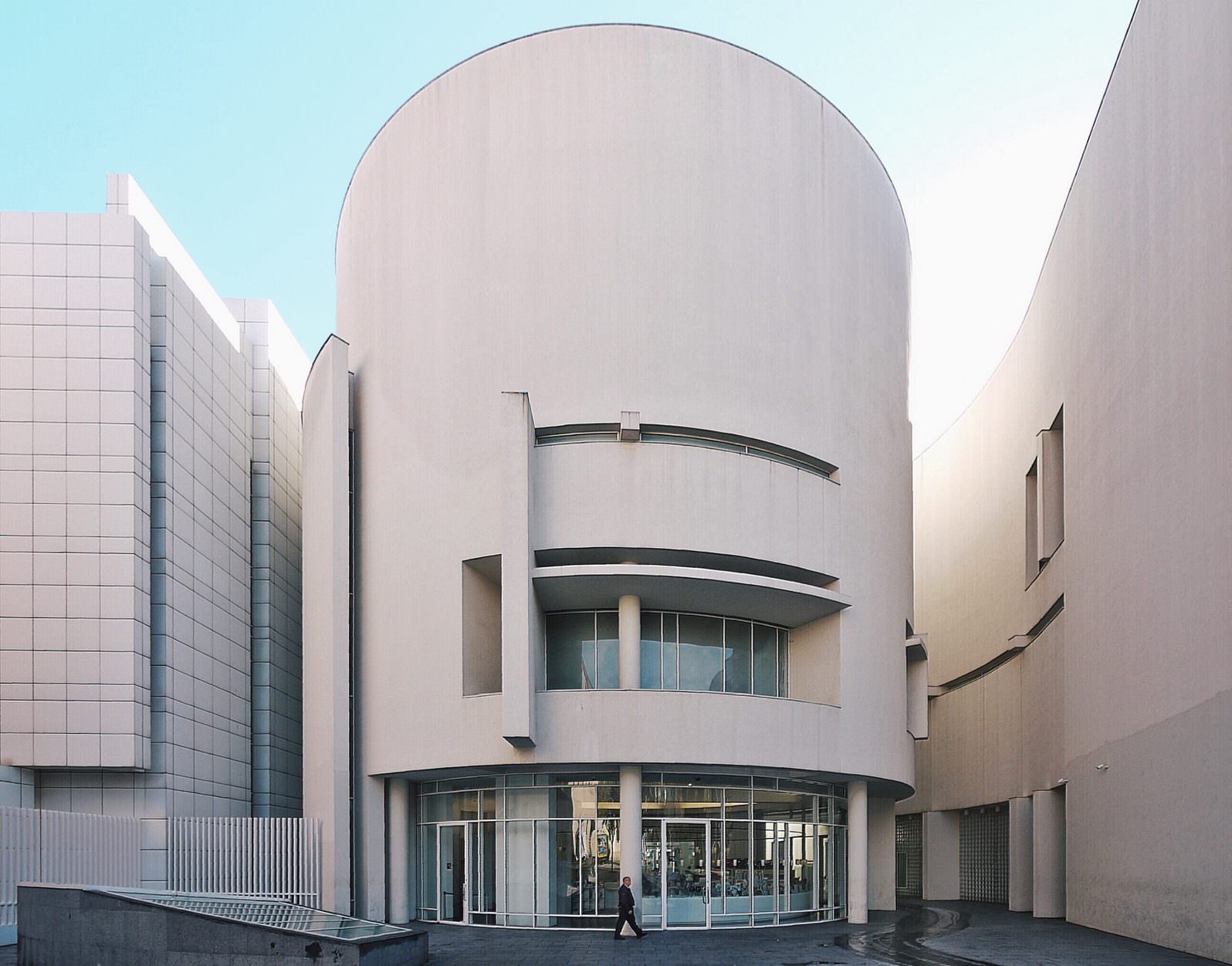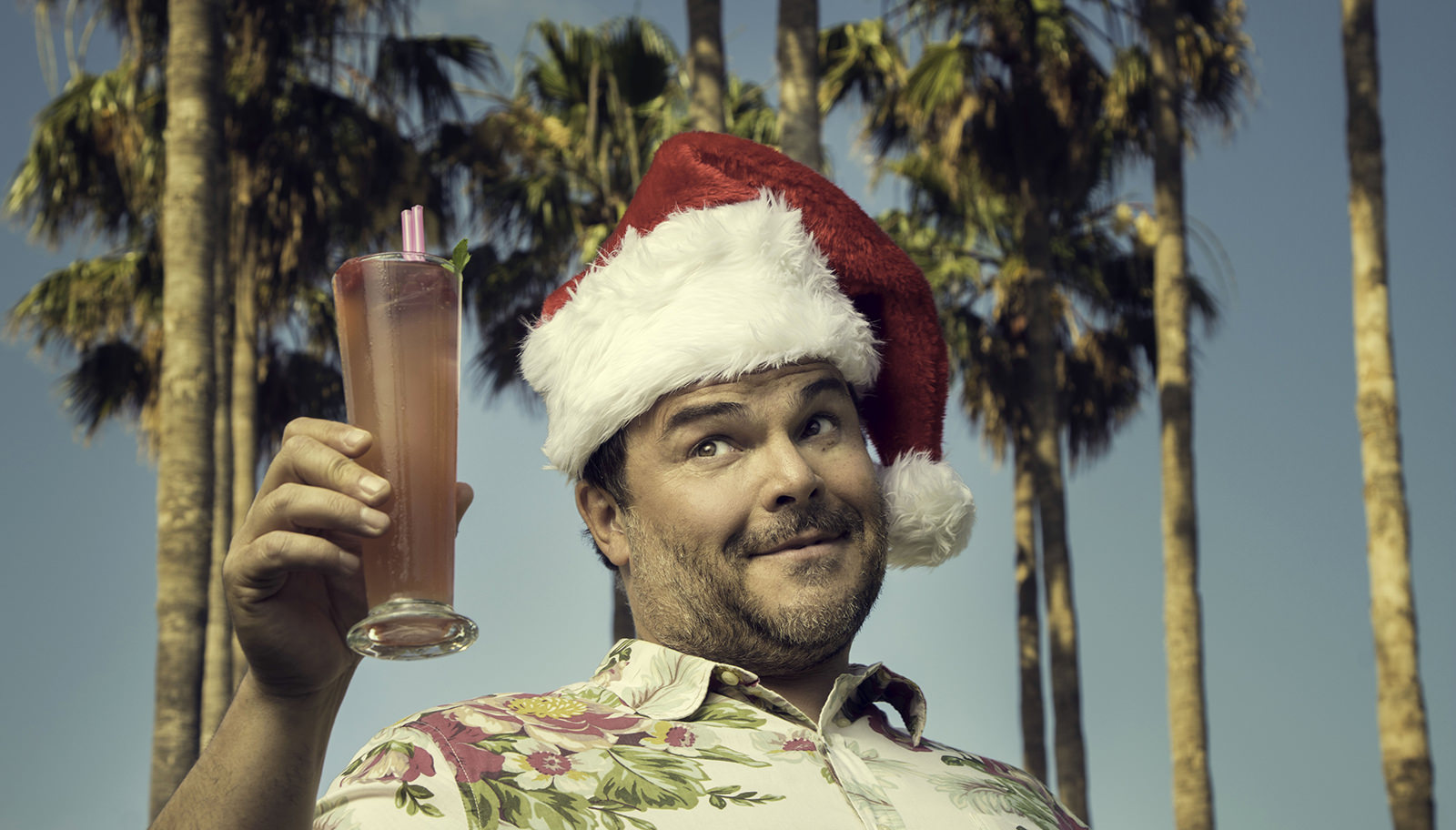
Finding Your Childhood Dream Job: The Joys of Photographing Celebrities with Will Bremridge
London-based commercial and editorial photographer Will Bremridge started out shooting snowboarding in his early 20s. For years, he spent his time working odd jobs in the off-season and bouncing around the States and the French Alps snowboarding and taking pictures. A lifestyle that sounds enviable to most of us, no doubt, but one that would eventually become tiresome to Will. With the urge to get a “grown-up job” and a little push from his dad, Will made the move to London when he was 25 to start a more serious photography business.
The move proved to be the turning point he was hoping for. Now, Will shoots for creative agencies, magazines and brands, and gets to hang out with some seriously awesome celebrities while doing it. His latest shoot was a cover feature of Jack Black for ShortList Magazine, one of his favorite shoots to date.
The best part is, his “grown-up job” is a heck of a lot of fun. We had the chance to talk to Will about his commercial and editorial style, what a typical photoshoot is like, and how he thinks his 12-year-old self would be pretty impressed with his career choice.
You started out photographing snowboarding, then you moved into portrait and advertising work. How would you define your style now?
Some people seem to develop a style really, really quickly. I see some people pick up a camera, and within two years they have an incredible portfolio showing a particular style which is really cool. I’m not one of those people. I have taken a long time to figure it out and think about what I want to do.
I’ve also accidentally changed my mind a lot of times and put a delay on just progressing along what I chose to do before. I found it very easy to get distracted be someone else’s work and start trying to shoot like that person. And then a few months down the line, I’m, like, “Stop it. Look at your own portfolio. See where you’ve gone with that and keep pushing in that direction because that’s clearly what people have liked from you so far.”
I think it’s a really good thing to be able to define your style to people if you can’t necessarily show them something quickly or, especially, because a lot of people who hire photographers don’t necessarily know what it is they’re looking for in the first place. I feel like in meetings with clients, when someone asks, “Hey, what kind of stuff do you shoot?” I would usually say, “I shoot quite moody. I shoot quite darkly tones but very colorful portrait and lifestyle work.” It’s contrasty and dark but the content isn’t depressing.
Actually, my favorite photo of yours is one of Katherine Ryan because I’m a huge fan of hers and I think this photo is hysterical.
Oh, that’s awesome! That was in 2013, so I reckon I was only about two years maximum into having this kind of style.
I reckon I can pinpoint the earliest point in my portfolio where I was like, “Okay, that’s my style of work,” and it would be this shot of a guy. He’s wearing a bowtie and a brown corduroy jacket; he’s the main guy in a band called Public Service Broadcasting. It was one of the earliest magazine commissions I had. It was when I shot that when I was like, “I think this is how I want my work to look.” So ever since then, my work has looked roughly along that line.
Another way to describe it is it’s the oldest shot in my portfolio so everything else before got scrapped because this is when I started finding my niche.
Who are your influences? What artists or photographers do you most admire?
I used to be quite generically a big Annie Leibovitz fan. I’m not not a huge fan of her work now, but I’ve got no interest in trying to mimic her work. Whenever someone goes, “Oh, your work reminds me so much of Annie Leibovitz,” obviously I don’t hate them for saying it, but I don’t like it that much because I have influences from loads of other places now.
I’m a big fan of a lot of the photographers who shoot for the Hollywood Reporter, and a lot of the other photographers who shoot for Vanity Fair alongside Annie Leibovitz. Usually the people whose work is a little bit funny, lighthearted and less of that kind of dark Rembrandtish style which I feel has gotten a little bit tired now.
There are some photographers from the Hollywood Reporter, like Joe Pugliese. There are a few fashion photographers whose work kind of crosses over from fashion, sort of fashion and celebrity portraits. It’s almost always celebrity work but shot in a fashion story. Norman Jean Roy is a huge influence of mine along with Martin Schoeller.
Do you have a lot of freedom when it comes to coming up with the concepts for your photos? Or is this more of a client decision?
It differs depending on the shoot. Quite often a magazine will say, “We really want you to shoot this person and this is where we’re going to shoot it. And we’d really like you to at least try and get this particular idea for the cover.” So the best way to describe it is the Jack Black shoot. They said, “We definitely want him in a Santa hat surrounded by palm trees holding up something alcoholic.” They originally wanted it to be a little bit more like a Bad Santa shot with him with a bottle of Jack Daniels or something. But Jumanji was about to come out which is a kid’s, teenage movie, so he couldn’t go full weird with it.
But we were like, “Okay, so what about a colorful cocktail which implies booze but doesn’t necessarily mean it? And you’d look less drunk and a little bit more smug?” And he was just like, “That’s fine, we’re all good.” So that was the main shot we had to get. For the rest of it, I was, surprisingly, left to my own devices. That was really cool because it was my biggest shoot at the time, and it was for this magazine that I had really wanted to shoot the cover for and who hire a lot of my idols to shoot the cover. It was the first time in a while that I’d just gone, “Shit, I’m actually expected to produce something great.”
Kendrick Lamar is another big name I was just sent. I had 45 minutes in a hotel with him and I wasn’t asked anything. He was actually the first person I got hired to shoot who was really, really famous back in 2012. They didn’t give me any guidelines and the magazine ended up having mixed views on the shots. I loved the shots but I didn’t get quite what they were after.
They wanted me to get something a little bit more hip-hop and a little bit more thug, and I wanted to take something really quite individual. No one else has a shot of Kendrick Lamar, I think, drinking a cup of tea like an old British lady. I can see how that was bit niche though.
They gave me no guidelines and I wish they had. Sometimes they give you no guidelines, and other times, if it’s a bigger feature, they’re like, “Okay, so we definitely want to get some of this, but then the rest of it, let’s just see what we come up with at the time and see how that person responds to us trying to get them to do so.” Some people don’t want to do that or their publicist is doesn’t want them to do that, but usually you can get something out of someone at the time. It’s just a case of showing up and doing your best and seeing how it goes.
Is there a specific shoot that you really enjoyed, or a celebrity you really enjoyed working with?
Jack Black was my favorite person I have ever photographed because I love his movies. School of Rock is one my favorite films ever. He was one of those people who could have ended up being not very nice or at least a little bit dismissive but actually, he turned out to be just everything I hoped he’d be. He was just fantastic. It was 45 minutes of just pure ridiculousness. I haven’t shot anyone who I haven’t enjoyed shooting but he was the best.
I loved shooting Iwan Rheon, who was one of the Game of Thrones cast. He was really cool, just really relaxed and game for whatever I suggested. Katherine Ryan was really, really fun as well. I definitely put that up there with someone I have really enjoyed working with. She’s got a kind of no-holds-barred attitude. But also at the same time, she was vocal when she didn’t like an idea. She’d be like, “Nah, that’s not really my thing.” So she’d put me in my place when I’d suggest something that wasn’t good or wasn’t her style.
How did you get into this because you were shooting snowboarding at first? How did you decide to make the switch?
I moved to London because there wasn’t really any money in shooting snowboarding and I didn’t have a visa to shoot in the U.S. I was 23 when I started shooting snowboarding and I didn’t want to go back to living in the French Alps, which I had done before. If you stay there too long and you don’t have a legit job, you end up being that person that stays in a resort lifestyle too long.
My dad put a bit of pressure on me as well and he was like, “Look, you seem to have stumbled upon this thing that you want to do as job, but I strongly suggest you go to London and drop yourself in the deep end and learn as much as you can about it. You might as well try and make it in one of the number one places to make it rather than be a big fish in a small pond.”
I decided, reluctantly, to make the move and then years later, I’m really glad I did. Most of the photography industry in London is advertising, sports, fashion, and celebrity stuff. I guess, naturally, I was starting to be really influenced by Vanity Fair portraits and Hollywood Reporter. I just kind of ended up subconsciously going in that direction.
I shoot plenty of photography jobs that aren’t sexy and cool. There’s tons of work that I do that never sees the light of day. But at the end of the day, it’s still really fun to play with cameras. There is definitely filler work in between the high-profile jobs. I’m mostly happy when I’m just shooting portraits. So even if I’m shooting some corporate stuff, I still think it’s fun.
What were the steps that you took to start filling up your commercial portfolio and getting bigger gigs?
I started shooting for charities who have quite a lot of celebrity ambassadors. So they’d be like, “Could you quickly get a portrait of this person?” Quite often I would be shooting an event for the charity and then they would have some celebrities at that event and I’d introduce myself and say, “Look, I’d really like to take your picture at some point in a proper kind of portrait style.” Sometimes, they would be like, “Yeah, man, that’s fine. Here’s my card or here’s the number for my publicist. I’m sure we can make this work.”
Slowly but surely, my portfolio became less and less unknown names. I started to swap out photos of unknown people, like my friends, with people who were quite well-known for stuff.
PR agencies were hiring me to shoot clients they looked after. Then there were brands who would have some kind of celebrity ambassador for a product and I would either manage to sneak a really good portrait of them on that shoot or I would try and organize it myself with their publicist, completely separate to that job.
I was trying to keep a good rapport with peoples’ publicists. A lot of publicists for actors and sports people will say, “Look, I need to get some new promo portraits of this person because their old ones are quite old. They’re all press shots. Do you want to come and do a quick shoot with them?” And sometimes it would be for free but, they’d say, “If I get these into magazines, I will pass your details on to the magazine to pay you for the shot.” So you do the shoot for free, but you at least might cover your costs down the line. Early on in your career, you just want to get in front of those people.
How did you get started in photography? Did you go to school for it?
I didn’t. No, I used to just travel around snowboarding with my friends for years and then I picked up a camera and taught myself how an SLR works. I figured out snowboarding photography fairly quickly, not that I can say I’d mastered it but I figured out how to shoot snowboarding nicely because I was obsessed with it and I’ve read snowboarding magazines my whole life. I had an innate understanding of how it looked best on camera.
It was the portrait stuff I really had to teach myself, and lighting. I assisted a little bit, but I wish I had assisted more. I moved to London at 25 and, at the time, I thought that I was already old enough that I needed to just get straight out there and start working. Whereas now at 34, I look back and think that’s hilarious and I wish I had assisted for two or three years.
Was there a moment then when you actually started to think of yourself as a photographer and an artist?
I feel like when you are really young, you start doing it because you think it sounds cool. Now I look back and I cringe at the fact that I started calling myself a photographer so early, maybe within four months of owning a camera.
You can see who is a legit working photographer and who isn’t just by looking at their work. And if you toot your own horn too loudly then you are setting yourself up to be judged harshly by people who really know what they are talking about. So, my advice to basically everyone starting out is don’t be in a rush to call yourself a photographer.
I reckon I started actually being a proper photographer when I was working part-time and doing temp office jobs, but I went full-time in 2011 and I guess that’s when I really dropped myself in the deep. It was like, “Right, this is what my job is and I don’t do anything else.” But right now we are only speaking specifically about being a working photographer. There are people who are photographers who just do it because they love it and they have another career. So I guess I’m only speaking about being a working photographer.
When planning a shoot, what are some of your creative habits to get started? What’s your process like?
When someone says, “We need you to shoot this actor; we’ve got half an hour in a hotel with them,” the first thing I will think is that I will probably actually only get 10 minutes with them. So, I’ll have a think about what I could shoot and what kind of lighting setup I could use for a run-and-gun situation. And then I’ll look at my own portfolio instead of looking at other things I have screenshotted over the past month, and just go, “Right, so this is how I work with these people so that’s at least the starting point from where I should go with this one.”
I don’t try to use some lighting setup that I’m so unfamiliar with that I’m going to screw it up and spend the whole time going, “I’m so sorry, I’m going to change this; I’m going to alter that.” I try to get inspired by my own work and see what I have done in other shoots and then get psyched to keep creating.
In the past, I have looked at a whole bunch of other work, a bit like looking at a Pinterest board or all the shots you saved on Instagram nowadays. And then I will accidentally come up with 15 ways I want to shoot the person instead of just three. So I try to rein in that excitement to shoot loads and loads of different stuff. Now, I ask myself, “How many different setups does the magazine need? Four. How much time am I realistically going to have based on my prior experience? Half the time that they say.”
If I know that it’s at a particular hotel, I’ll Google pictures of the hotel rooms and it could be, “Right, okay, they are disgusting. What am I going to do?” Or, “Oh my God, they are amazing. I can already think of five different kinds of setups if the rooms that I’m looking at on the internet are those kinds of rooms.” For that kind of job, like a celebrity portrait job, I just try and not get too over-excited and just be like, “This is how it’s likely to go down. This is how I’m probably going to set up my light, so I can keep moving quickly.”
And I come up with backup ideas as well. If a location is particularly ugly – and I think the decor of a lot of hotels is really ugly – I’ll come up with a backup plan which could be a backdrop that I bring with me. Now I can basically have an entire universe of ideas that I could work on, with a particular colored backdrop and a particular lighting setup.
It’s quite nice when a magazine or agency says, “We want to keep this studio based.” Because at least then I can erase the part of my imagination that’s trying to think of location stuff. So that’s off the table and that’s narrowing it down. Then you can start asking, “Do I want this to be moody? Do I want this to be bright and happy?”
Do you have a favorite quote that gets you motivated?
I only have one and it’s kind of generic, but relevant to my career: “If you love what you do, you will never work a day in your life.” When I get worried about what direction I’m going in or how much money I’m making or whether I’m going to do this in 10 years’ time, I just think of that and say, “To be honest, everything is pretty cool compared to just sitting behind a desk every day and hating your life.” That’s the thing that keeps me going most of the time and gets me really psyched.
One of my favorite things that someone ever told me was, “Do the job that 12-year-old you would think is cool.” And that’s like a key to success. If you could go back to before you gave a crap about money, when you probably wanted to be Batman, just something rad, if you could go back to when you were still a proper kid and you can impress that person then I think you’re doing a great job of picking your career. I’m quite happy because I reckon if I went back in time and told 12-year-old me that this is what I do, I think I would be like, “Cool, yeah, I’ll take that.”
If you’d like to see more of Will’s portraits, or take a peek at what he’s doing when he’s not photographing famous people, check out his website and Instagram. And, if you’re interested in how Will’s work and career have progressed over the last few years, watch this video interview he did with Aaron Nace in 2013, where they talk about how Will approaches potential clients and his goals.





